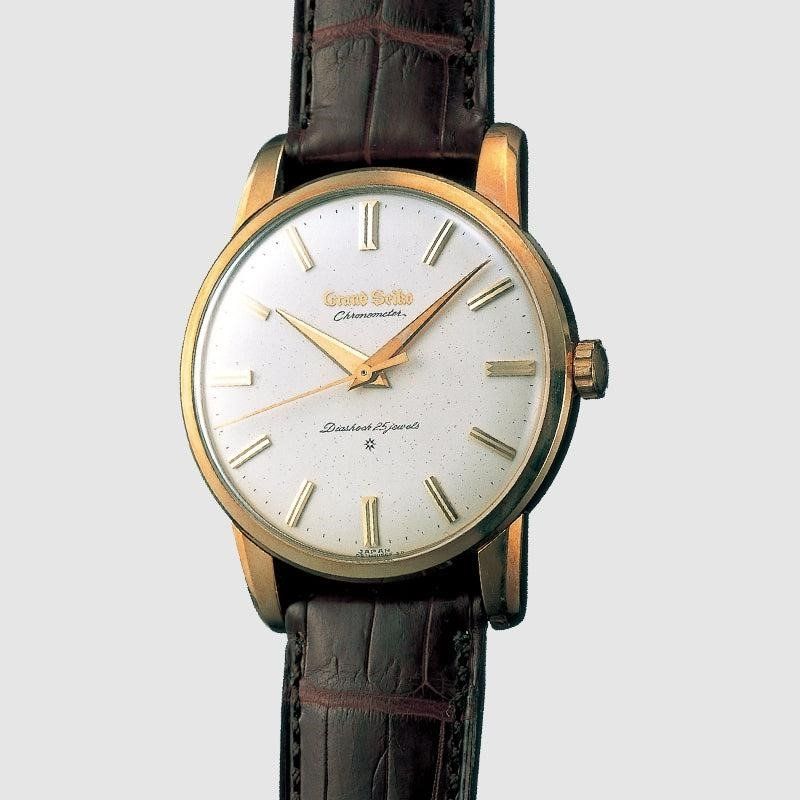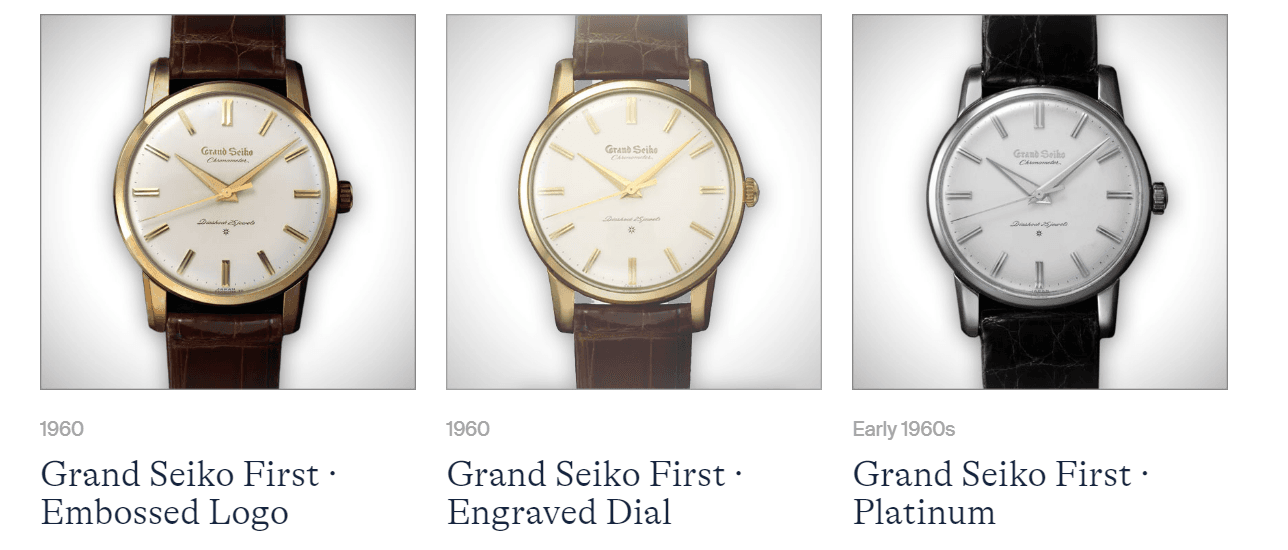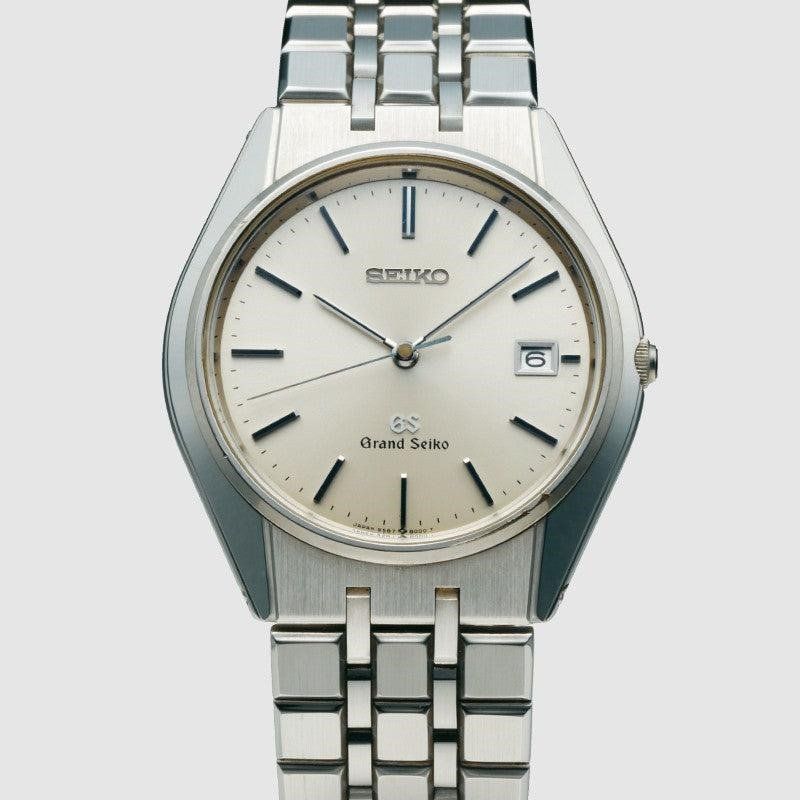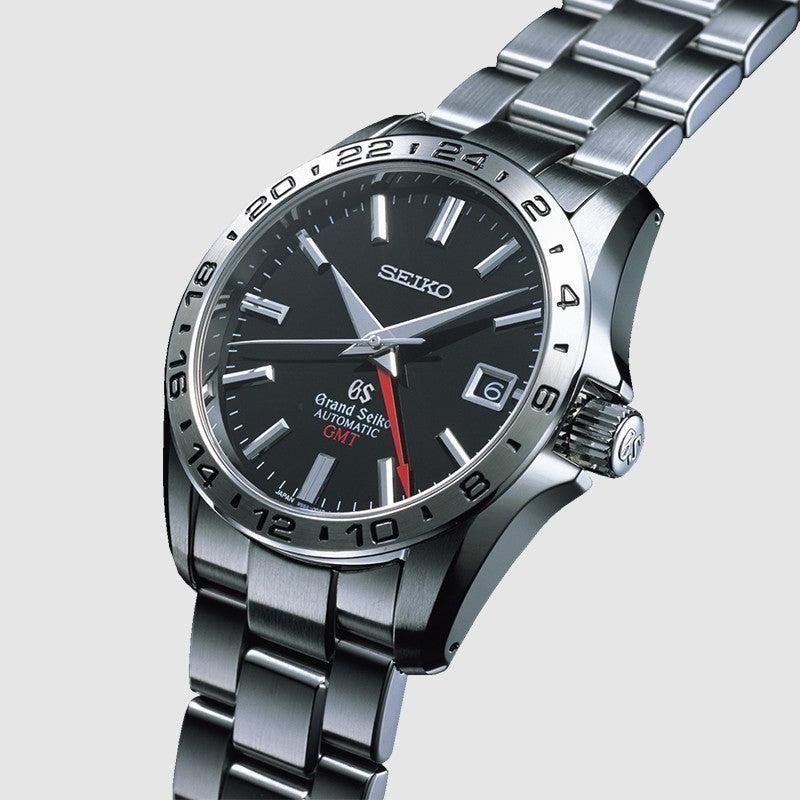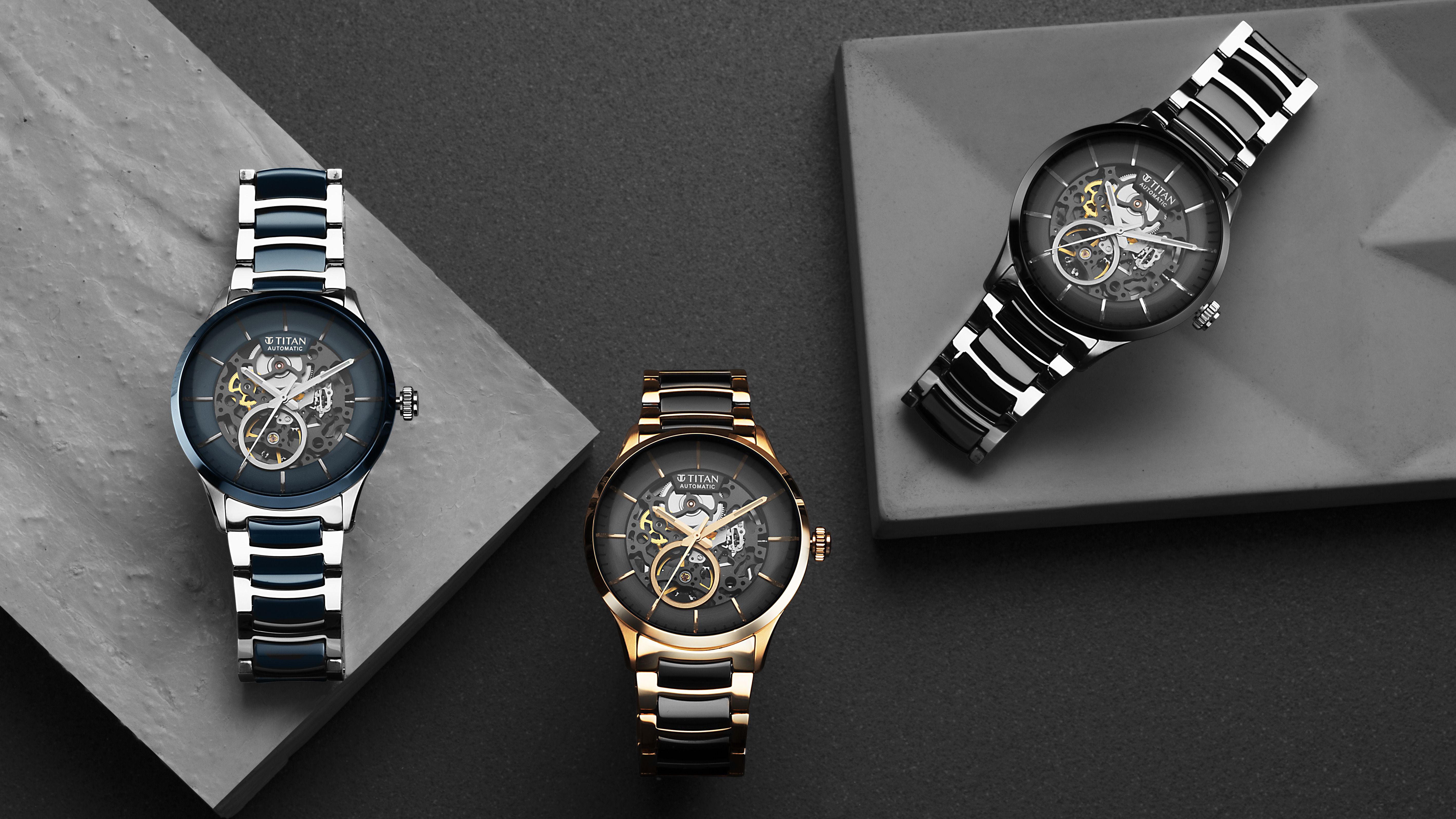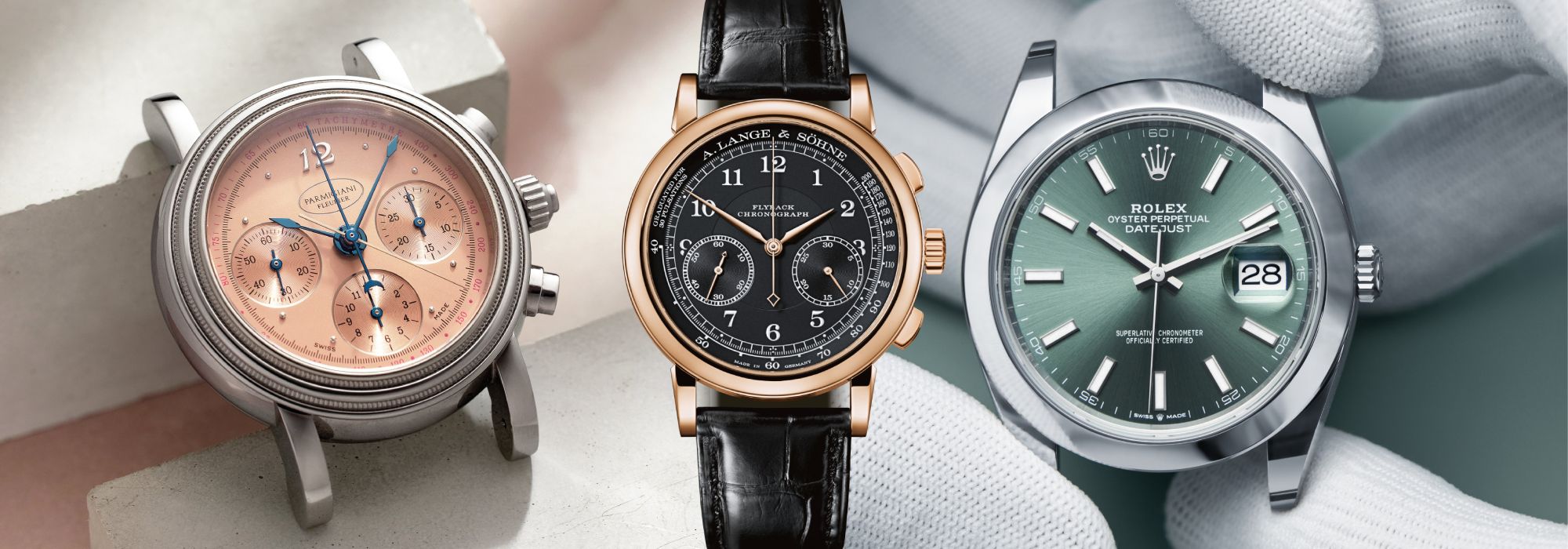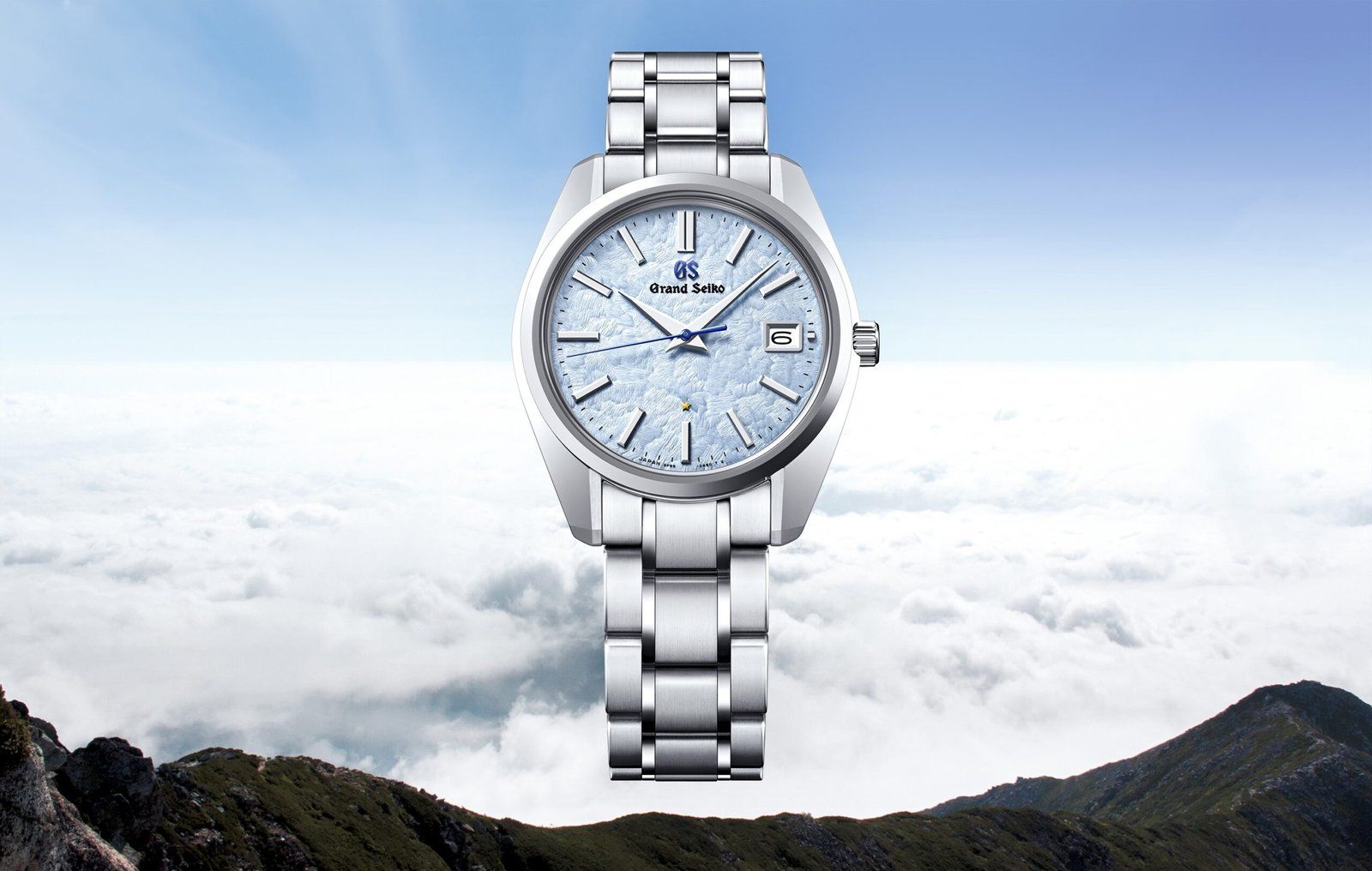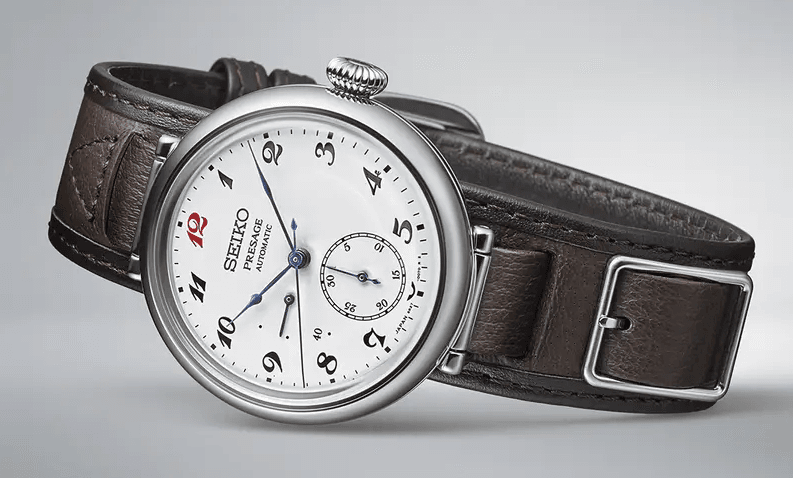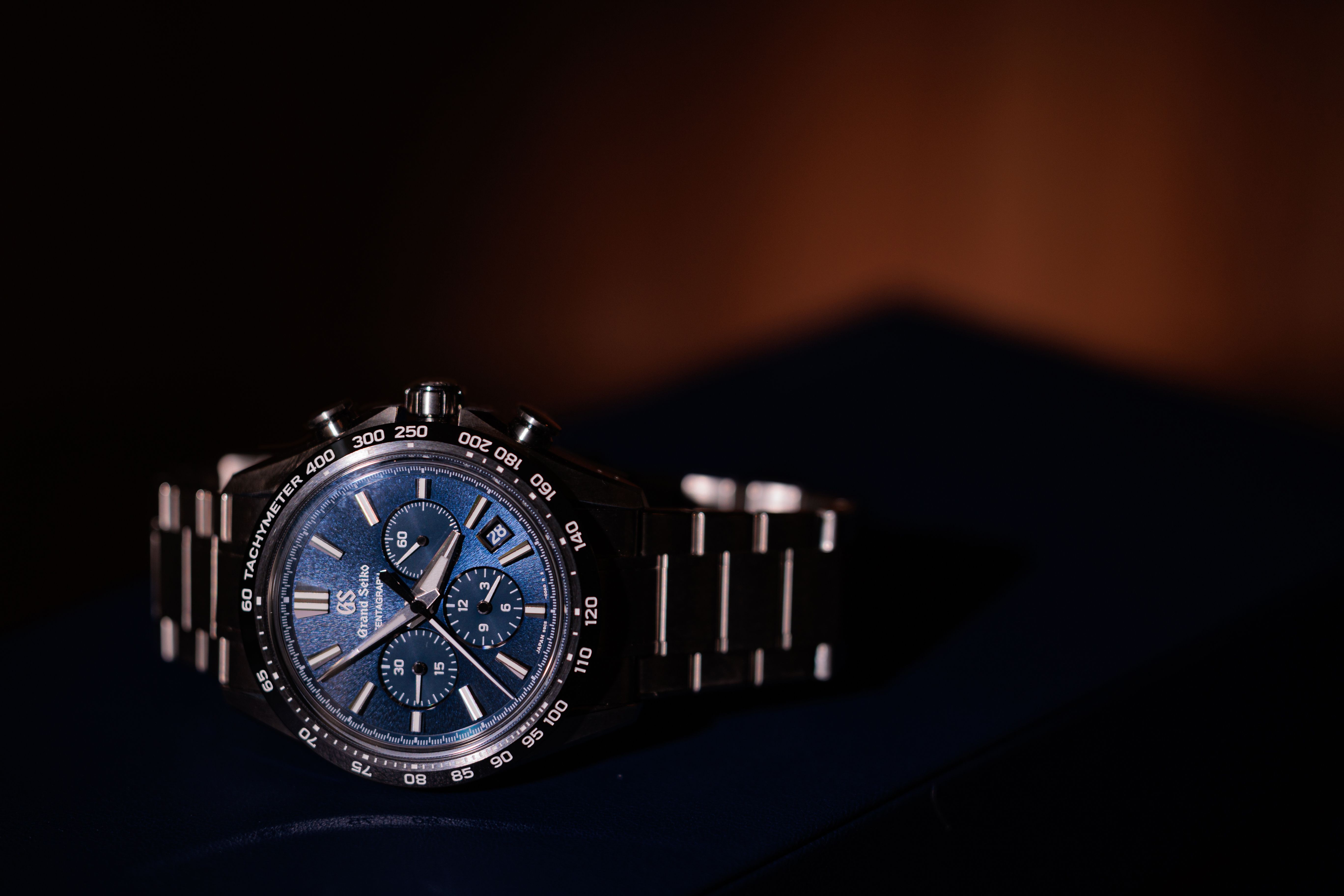An Insight Into The Rich History Of The Grand Seiko
The majority of people associate Seiko with low-cost quartz timepieces and the unusual automatic diver. Most watch enthusiasts, however, are aware that Seiko is capable of producing luxury watches that can contend with even the most prestigious Swiss brands.
Grand Seiko was founded in 1960 as a result of a strong desire to succeed. The notion that inspired the designers and engineers during the development of Grand Seiko, and ever since, was that it should be the "perfect" watch, with world-leading standards of precision, durability, and beauty.
The First Grand Seiko
This luxury watch line was founded in 1960 by Daini Seikosha and Suwa Seikosha, two Seiko corporation subsidiaries. They intended to design a watch line that could compete with Swiss watchmakers. Only Swiss watches were considered luxury watches prior to this time. They were also thought to be significantly superior to Japanese timepieces. Suwa Seikosha was the first company to produce the Grand Seiko.
The GS cal. 3180 was used in the first generation of Grand Seiko watches, and it was the first chronometer grade watch ever made in Japan. It was exorbitantly priced; today's equivalent is around $3500, which was a relatively high price for a Japanese watch. You could get the best Swiss watches for that price. These watches were available in gold-plated or platinum cases, with the platinum cases being rare. There were a few features in the first generation of Grand Seiko that would be included in all subsequent collections.
The movement contained a hacking function, which meant that when the crown was drawn out to set the time, the entire movement would halt, allowing for more accurate timekeeping. It had a two-phase regulator mechanism, as well as a timekeeping rating certificate in the box. While this watch was excellent, the Grand Seiko 2nd generation from 1963 was astoundingly high quality for its day, especially coming from Japan.
The 1960’s. A Decade Of Change.
The 44GS had the best level of accuracy of any manually wound 5 beat watch in the world when it was released in 1967. Grand Seiko had made incredible progress towards its aim in only a few short years. Many characteristics of the 44GS design have been carried down to today's Grand Seiko timepieces.
The 44GS introduced the Grand Seiko appearance, which the company has maintained to this day. It was a complicated design concept, with principles governing proportion, finish, angles, and every other facet of the design. There were three main concepts and a total of nine factors that had to be met in order to attain them.
The Development Of Grand Seiko Quartz
The 95GS, Grand Seiko's first quartz watch, was introduced in 1988. With an accuracy of 10 seconds per year, it outperformed all regular quartz watches. The ability to manufacture every component in-house, as always with Grand Seiko, was the key. The Grand Seiko team was able to select only those oscillators that showed superior performance in temperature resistance, humidity resistance, and shock resistance, using quartz crystals grown in its own facilities and in its own way, in order to produce movements with the highest possible accuracy, using quartz crystals grown in its own facilities and in its own way.
The Ideal Quartz Watch?
In 2003, a new quartz watch series was introduced with magnetic resistance of 40,000 A/m. The precision of this series was unaffected by proximity to laptops, mobile phones, and other electrical devices thanks to an upgraded exterior design and novel case processes.
Venturing Into Mechanical Watches
The time was right for a new generation of Grand Seiko mechanical watches in the mid-1990s. The company's watchmaking technology had advanced, tastes had changed, and time had passed.
At first, it was thought that simple improvements to existing mechanical movements would suffice, but the Grand Seiko team was driven to go even further by the goal of creating the "ideal" watch. The movement designers abandoned the original design in favour of a completely new one, which presented new challenges in every aspect of traditional watchmaking. The 9S movement was ready to be put to the test by 1996.
The Mechanical Movement Of The 9S
Grand Seiko's movements were subjected to accuracy tests by the Contrôle Officiel Suisse des Chronomètres (COSC), Switzerland's official chronometer testing institute, in 1990. Three of the first four prototypes passed, and COSC soon received 50 production movements, all of which matched the institute's requirements.
Birth Of The Spring Drive
Do the planets tremble or 'tick' as they pass through the sky? Obviously not. Time is both continuous and silent, and Seiko Spring Drive achieves its promise as the world's only watch that tells time the way nature does by reflecting these basic features of time.
The first Grand Seiko Spring Drive, a Caliber 9R65-based model, was released in 2004. Spring Drive gave the best of both worlds by combining a traditional mainspring with an electronic regulator to create a watch that was powered by the wearer's motion yet had a level of precision that was several times higher than that of any mechanical technology.
New Spring Drive Calibers With Additional Function
Spring Drive GMT
The combination of a GMT function and the precision of Spring Drive is ideal for international travellers, as the accuracy is maintained even when time zones are adjusted. The Spring Drive GMT was established in 2005.
The Spring Drive Chronograph calculates elapsed time precisely, not merely to the nearest fraction of a second, thanks to the glide motion of the chronograph second-hand. The Spring Drive Chronograph times up to 12 hours with a precision of one second per day, thanks to the column wheel and vertical clutch mechanisms for precise button action.


